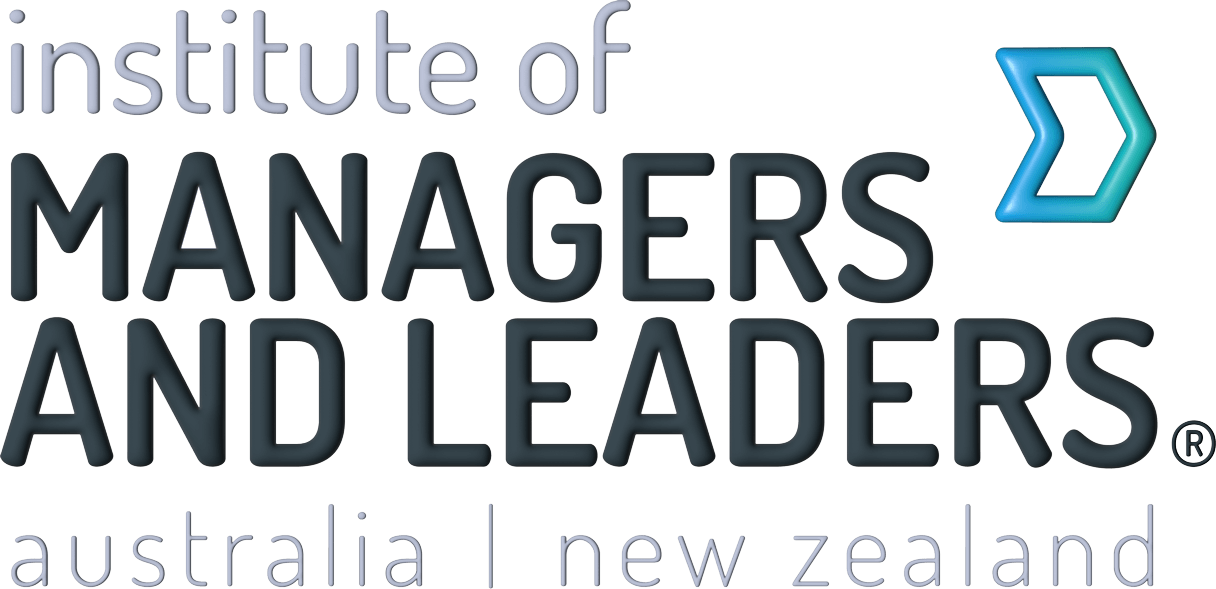You have a great bunch of people, everyone’s working hard, but you’re just not quite hitting the mark as a team. The problem may not lie with the mix of skills but rather the blend of personalities.
By Nicola Field
Building a like-minded team can seem like a strategy for success. However, it could leave you short on a key ingredient – a diverse blend of personalities.
As a leader you’re probably aware of the technical strengths and weakness of those who report to you. And you know you need a high calibre group of people. But a strong group isn’t the same as a strong team, and all organisations need the right mix of personalities to achieve maximum productivity.
Are you dominant, or an influencer?
Teams are typically made up of a variety of personality types. This inherently creates scope for friction and even poor performance. The challenge for managers and leaders is not to resolve “personality clashes” but rather to understand the strengths, weaknesses and quirks that each person brings to the table – and help them work together more cohesively.
So what are these personality types? Charles Go MIML, Research Product Manager at the Institute of Managers and Leaders (IML), explains that a key resource for use in this area is a behavioural profiling tool, such as Everything DiSC.
A variety of psychometric tests are available that centre around the DISC concept. They are based on the work of US psychologist William Moulton Marston, who identified four primary emotions and associated behavioural responses. DISC itself is an acronym that reflects the four different personalities of dominance, influencer, steadiness, and conscientious.
A “D” or dominant personality, for instance, is strong willed, outgoing, direct, fast-paced and task-oriented. “I” personalities – the influencers – are sociable, talkative, lively and people-oriented. Those steady “S” personalities are kind-hearted, supportive, accommodating and prefer things to move at a moderate pace. The “C” people on your team are logical, private, cautious and analytical.
Go says that we each have a personality that can broadly be slotted into one of these four categories. However, as complex beings, few of us will fall absolutely into a single category. We aren’t just one style – people tend to be a blend of styles. DISC profiling recognises this. For example, a “CS” personality type may have a cautious disposition, and be careful, soft-spoken, and self-controlled.
Go explains why it is worth knowing where your personality sits within DISC, saying, “Once you find out which category you fall into personally, it is much easier to recognise the different types of personalities within your team.” From here, leaders can form a clearer view about the way their team interacts.
Juggling diverse personalities
A report by the Stanford Graduate School of Business noted that diversity in a team can be a plus. It found the mere presence of diversity – even something as simple as race or gender – can cue differences of opinion. This cueing can enhance a team’s ability to handle conflict. A more homogeneous team, on the other hand, may not be able to handle conflict as well because the team doesn’t expect it.
That said, Go believes having a team filled with, say, D types is not necessarily a bad thing. “It’s easy to assume the team should have a balance of personality types,” he says. “But if one particular personality is dominant it doesn’t mean the team is weak. It can be a strength, because everyone has a similar way of doing things. The key is to look at how you can manage these people as a team.”
It would be easy to assume that leaders need a blend of each personality type, and Go points out that “leaders do need a bit of everything in the sense that in some situations you need to be an influencer, while in others you may need to be more dominant.” This, he believes, is where the value of DISC lies: “It encourages self-reflection as a leader, and makes you aware of situations where you need to think differently”. If you’re a strong D for instance, you might have to make a more conscious effort at moving slowly and methodically on a project than would,
say, an S.
None of us like to feel we can be pigeonholed into a certain personality type. To avoid this, and to allow team members to better understand the dynamics of the group as a whole, DISC testing is typically followed by a debrief session with a trained facilitator. “This helps to create a common language among the team,” says Go. “It also reduces the possibility of individuals being branded as a certain type of personality, and avoids the risk of people looking at their own DISC report in isolation.”
Understanding the personalities on your team can deliver multiple benefits. It helps to build a sense of trust and encourage team members to tap into each other’s skills and experience. It saves time and energy that is otherwise wasted on office politics and conflicts. And cohesive teams are more productive, which can ultimately create a competitive advantage.
Increasing use of psychometric tests
Of course, there is nothing especially new about these sort of psychometric tests. According to Hudson’s The Hiring Report: The State of Hiring in Australia 2015, 54 per cent of senior executives value psychometric testing as part of the recruitment process. And 40 per cent say they’re seeing more psychometric testing being used now than in the past.
What’s different this time around is the recognition that psychometric testing doesn’t have to be limited to the talent acquisition stage. As the Hudson report points out, most senior executives have been through an assessment process themselves and understand the value it can add. Test results help leaders understand more about themselves: who they are, what drives them, and the strengths they can play on.
Having a grasp of what motivates people is one of the most critical levers of leadership – and organisational success. A review of psychometric tests by the London School of Economics and Political Science found that they deliver “significant correlations between personality scales and measures of job performance”. Nonetheless, knowing how to make the most of what you learn from psychometric testing still hinges on your ability to lead and manage people.
Most personality psychologists believe that traits and situations are interactive. This is one reason why DISC can be so helpful — you can learn to adapt your own responses depending on the DISC style of individuals in your team. The bottom line is that as a manager and leader, you may choose not to behave in a way you’re most comfortable with, but instead use one you know will be more effective for your entire team. It takes conscious effort but as the motto for DISC goes: “It’s not all about me. It’s about us.”
About Everything DiSC
Everything DiSC is part of a suite of analytical people tools offered by IML to members and non-members. A number of Everything DiSC tools are available, and depending on the version, an Everything DiSC survey can take as little as 15-20 minutes to complete. It measures personal tendencies and preferences. It does not measure intelligence, aptitude, mental health or values.
For example, the Everything DiSC questionnaire asks about how you respond to challenges, how you influence others, how you respond to rules and procedures, and about your preferred pace of activity. It does not measure every dimension of personality.
Managers are discouraged from completing the test and interpreting the results themselves. Facilitators available to conduct a debrief with follow-up activities. IML’s Charles Go MIML says that learning outcomes tend to be better when smaller groups are involved, but Everything DiSC can work for larger teams of up to 25 people.
Read full details on Everything DiSC at managersandleaders.com.au/people-analytics
Understanding where each team member fits in the work wheel
Leaders can also tap into another important IML resource, the TMS Team Management Profile (TMP). The TMP uses the Margerison-McCann Team Management Wheel to identify the individual’s work preference from eight core activities (starting from the creation of an idea, assessment of the idea, planning and so on).
IML’s Charles Go MIML notes, “The TMP tool works on the theory that when individuals are matched with what they do best, they are more likely to perform at a high level in their role.”
The TMP is based upon self-assessment and identifies where in the eight-stage process each person is best suited. Go adds, “It’s a great way to discover the preferences of each member of the team and enables leaders to successfully and confidently assign people to projects and tasks.”
Full details on the TMP can be read at managersandleaders.com.au/people-analytics


